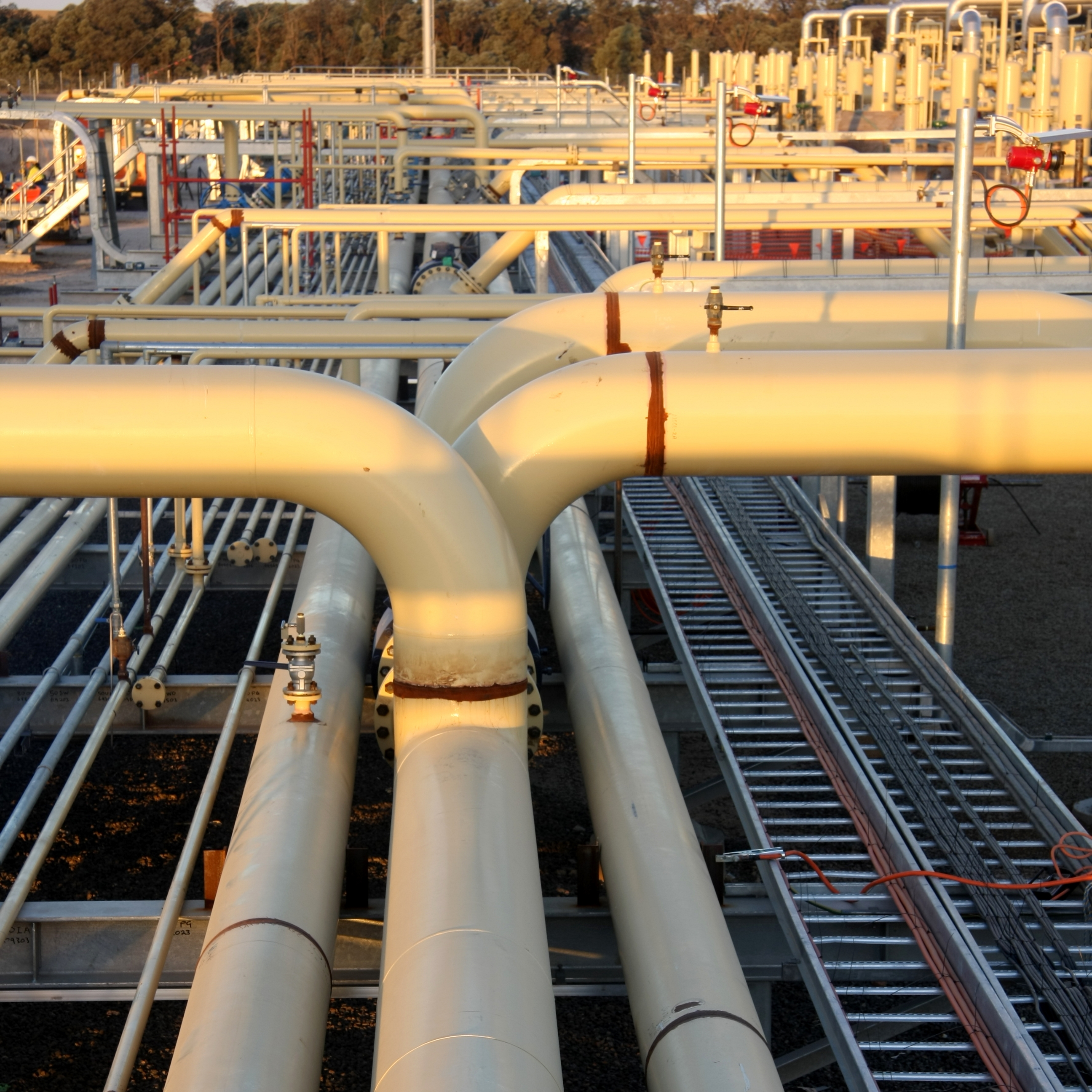
Chesapeake Energy Corp. (NYSE: CHK) reported second-quarter 2017 earnings before markets opened Thursday. The oil and gas exploration and production company posted adjusted earnings per share (EPS) of $0.18 on revenues of $2.28 billion. In the same period a year ago, the company reported a loss per share of $0.16 on revenues of $1.62 billion. Second-quarter results also compare to the Thomson Reuters consensus estimates for EPS of $0.15 and $2.3 billion in revenues.
Revenue growth of more than 40% year over year was attributed to higher commodity prices and unrealized hedging gains, partially offset by lower production. Sequentially, revenues fell 17% due to a “seasonal” drop in natural gas prices and lower unrealized hedging gains.
Chesapeake produced 8 million barrels of crude oil the quarter, compared with 8 million in the same period last year and 8 million in the first quarter of this year. The average realized price in the second quarter fell by seven cents sequentially to $51.65 and compared with $44.31 in the year-ago quarter. Natural gas production was about flat sequentially but down by 60 billion cubic feet year over year to 209 billion cubic feet. Year over year, gas prices rose by $0.74 per thousand cubic feet and were $0.21 lower than in the first quarter.
Chesapeake reported a debt balance of approximately $9.7 billion, compared to $10 billion as of December 31, 2016, with approximately $13 million cash on hand. The company’s total liquidity as of March 31, 2017, was approximately $3.1 billion, which included cash on hand and borrowing capacity of approximately $3.1 billion under the company’s senior secured revolving credit facility. The debt balance is $600 million higher sequentially, and cash on hand is down by $236 million.
Production growth for the full year continues to be forecast in a range of flat to up 4%. Capital spending is forecast at $2.1 billion to $2.5 billion, up from $1.9 billion to $2.3 billion at the end of the first quarter. Based on July 31 strip prices, Chesapeake expects its oil hedges to add $2.87 per barrel to its revenues. Natural gas hedges are forecast to have negative impact of $0.01 per thousand cubic feet, and natural gas liquids hedges are expected to add $0.04 a barrel to revenues. Interest expense is expected to rise to $2.00 to $2.10 per barrel of oil equivalent production.
Analysts are calling for third-quarter EPS of $0.16 per share on revenues of $2.4 billion, as well as EPS of $0.78 per share on revenues of $9.97 billion for the full year.
CEO Doug Lawler said:
Our assets continue to deliver improving well results due to longer laterals and enhanced completion techniques, with a new record operated well in the Marcellus being a prime example of this. We expect our total production to move higher throughout the year, driven by large turn-in-line projects underway in the Eagle Ford, Utica and Powder River Basin operating areas. This has already started, as we averaged approximately 548,300 barrels of oil equivalent per day, including a peak rate of 90,400 barrels of oil production, for the month of July.
Despite our anticipated growth, we are actively managing our 2017 capital program to the highest-return investments in our portfolio or reducing spending in certain areas altogether. Our planned activity levels result in a reduction of our rig count and wells placed on production during the last six months of the year, as our 2017 capital program has been focused on restoring our cash flow generating capability, improving our margins and growing value. Improving our balance sheet is our number one priority at Chesapeake, and we will remain flexible in our capital spending program, both for the remainder of 2017 and in 2018, as we continue to drive toward cash flow neutrality.
The average production cost in the second quarter was $2.92 per barrel of oil equivalent, up from $2.84 sequentially and down from $3.05 year over year.
Commodity pricing and production costs remain the drivers of Chesapeake’s quarterly performance. Because prices were so low last year, beating 2016 quarterly performance is no big surprise. The company has lowered its production costs, and after spending nearly $600 million on drilling and completion in the quarter, Chesapeake is betting on improved pricing in the second half of the year to improve its cash flow. The strategy has worked for the past four quarters, and it could work for at least a couple more.
Chesapeake’s shares traded up about 3% in Thursday’s premarket at $4.77. Chesapeake’s stock closed down about 3.5% on Wednesday, at $4.62 in a 52-week range of $4.38 to $8.20. The consensus target price for the shares was $5.36 before this report. The highest price target prior was $9.00 a share.
Travel Cards Are Getting Too Good To Ignore (sponsored)
Credit card companies are pulling out all the stops, with the issuers are offering insane travel rewards and perks.
We’re talking huge sign-up bonuses, points on every purchase, and benefits like lounge access, travel credits, and free hotel nights. For travelers, these rewards can add up to thousands of dollars in flights, upgrades, and luxury experiences every year.
It’s like getting paid to travel — and it’s available to qualified borrowers who know where to look.
We’ve rounded up some of the best travel credit cards on the market. Click here to see the list. Don’t miss these offers — they won’t be this good forever.
Thank you for reading! Have some feedback for us?
Contact the 24/7 Wall St. editorial team.




